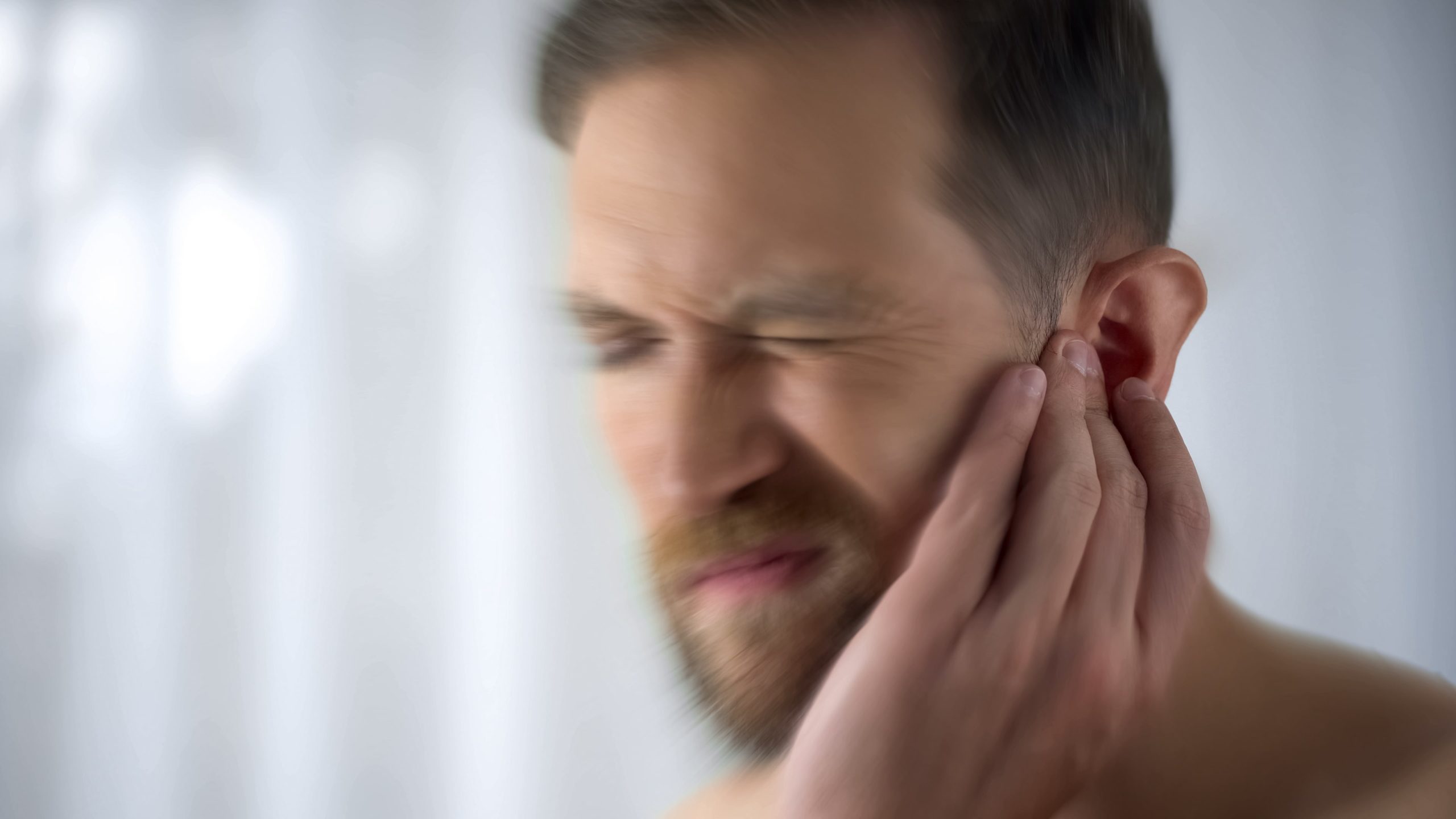Ninan T. Mathew MD, Sayyed Farhan A. Jaffri MD
Background.— There is a need for effective prophylactic therapy for chronic migraine (CM) that has minimal side effects.
Objective.— To compare the efficacy and safety of onabotulinumtoxinA (BOTOX®, Allergan, Inc., Irvine, CA) and topiramate (TOPAMAX®, Ortho-McNeil, Titusville, NJ) prophylactic treatment in patients with CM.
Methods.— In this single-center, double-blind trial, patients with CM received either onabotulinumtoxinA, maximum 200 units (U) at baseline and month 3 (100 U fixed-site and 100 U follow-the-pain), plus an oral placebo, or topiramate, 4-week titration to 100 mg/day with option for additional 4-week titration to 200 mg/day, plus placebo saline injections. OnabotulinumtoxinA or placebo saline injection was administered at baseline and month 3 only, while topiramate oral treatment or oral placebo was continued through the end of the study. The primary endpoint was treatment responder rate assessed using Physician Global Assessment 9-point scale (+4 = clearance of signs and symptoms and −4 = very marked worsening [about 100% worse]). Secondary endpoints included the change from baseline in the number of headache (HA)/migraine days per month (HA diary), and HA disability measured using Headache Impact Test (HIT-6), HA diary, Migraine Disability Assessment (MIDAS) questionnaire, and Migraine Impact Questionnaire (MIQ). The overall study duration was approximately 10.5 months, which included a 4-week screening period and a 2-week optional final safety visit. Follow-up visits for assessments occurred at months 1, 3, 6, and 9. Adverse events (AEs) were documented.
Results.— Of 60 patients randomized to treatment (mean age, 36.8 ± 10.3 years; 90% female), 36 completed the study at the end of the 9 months of active treatment (onabotulinumtoxinA, 19/30 [63.3%]; topiramate, 17/30 [56.7%]). In the topiramate group, 7/29 (24.1%) discontinued study because of treatment-related AEs vs 2/26 (7.7%) in the onabotulinumtoxinA group. Between 68% and 83% of patients for both onabotulinumtoxinA and topiramate groups reported at least a slight (25%) improvement in migraine; response to treatment was assessed using Physician Global Assessment at months 1, 3, 6, and 9. Most patients in both groups reported moderate to marked improvements at all time points. No significant between-group differences were observed, except for marked improvement at month 9 (onabotulinumtoxinA, 27.3% vs topiramate, 60.9%, P = .0234, chi-square). In both groups, HA/migraine days decreased and MIDAS and HIT-6 scores improved. Patient-reported quality of life measures assessed using MIQ after treatment with onabotulinumtoxinA paralleled those seen after treatment with topiramate in most respects. At month 9, 40.9% and 42.9% of patients in the onabotulinumtoxinA and topiramate groups, respectively, reported ≥50% reduction in HA/migraine days. Forty-one treatment-related AEs were reported in 18 onabotulinumtoxinA-treated patients vs 87 in 25 topiramate-treated patients, and 2.7% of patients in the onabotulinumtoxinA group and 24.1% of patients in the topiramate group reported AEs that required permanent discontinuation of study treatment.
Conclusions.— OnabotulinumtoxinA and topiramate demonstrated similar efficacy in the prophylactic treatment of CM. Patients receiving onabotulinumtoxinA had fewer adverse effects and discontinuations.
As this research indicated, there is a need for a treatment for chronic migraine that has minimal side effects. OnabotulinumtoxinA (BOTOX) has proven to have the same effectiveness as leading migraine medication with fewer adverse side effects. At AZ TMJ, Dr. Stan Farrell is Board Certified in Orofacial Pain and a Member of The American Headache Society. He has extensive training in the use of Botox for the treatment of migraine headaches and even TMJ. If you’ve experienced adverse side effects from your headache medication, Botox may be a viable option for you. Call and schedule an appointment at AZ TMJ today, at 480-945-3629. www.headpaininstitute.com



